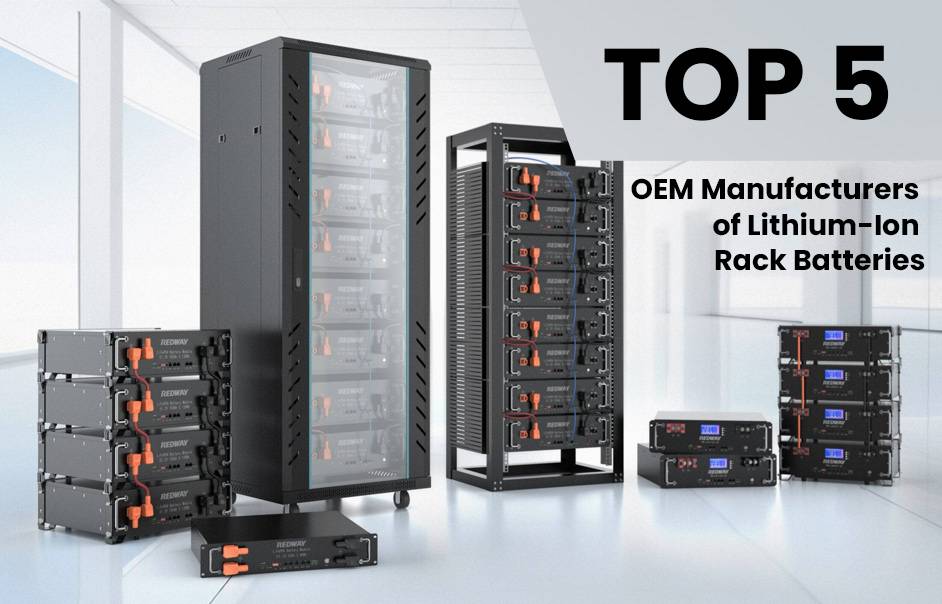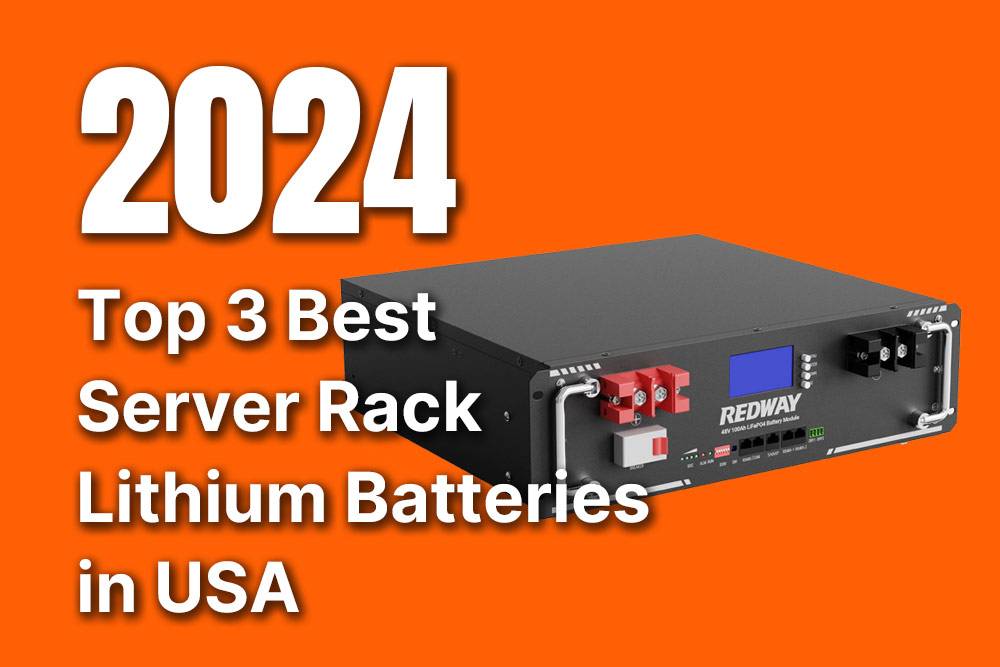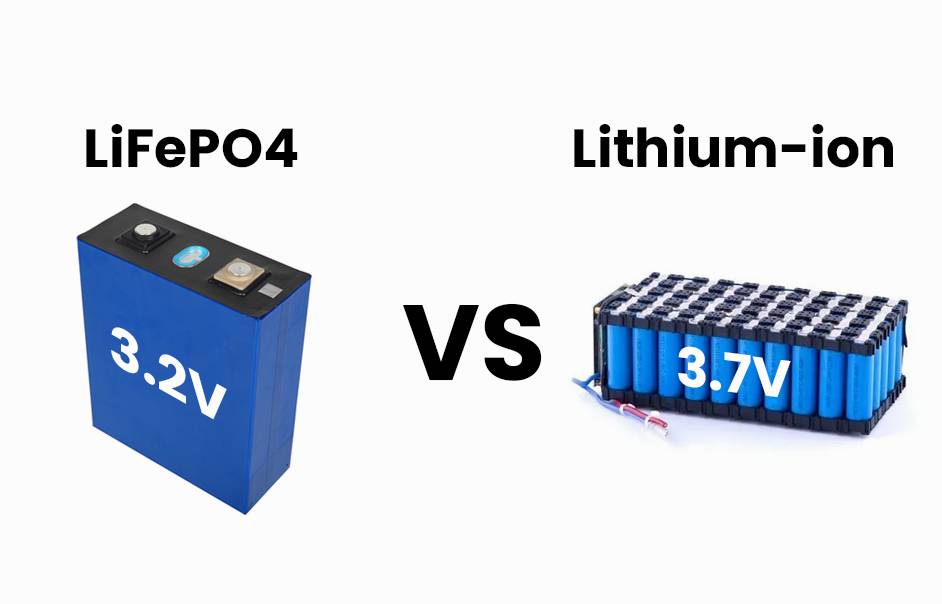- Lithium Golf Cart Battery
- Forklift Lithium Battery
-
48V
- 48V 210Ah
- 48V 300Ah
- 48V 420Ah (949 x 349 x 569 mm)
- 48V 420Ah (950 x 421 x 450 mm)
- 48V 456Ah
- 48V 460Ah (830 x 630 x 590 mm)
- 48V 460Ah (950 x 421 x 450 mm)
- 48V 460Ah (800 x 630 x 600 mm)
- 48V 460Ah (820 x 660 x 470 mm)
- 48V 500Ah
- 48V 560Ah (810 x 630 x 600 mm)
- 48V 560Ah (950 x 592 x 450 mm)
- 48V 600Ah
- 48V 630Ah
-
48V
- 12V Lithium Battery
12V 150Ah Lithium RV Battery
Bluetooth App | BCI Group 31
LiFePO4 Lithium
Discharge Temperature -20°C ~ 65°C
Fast Charger 14.6V 50A
Solar MPPT Charging - 24V Lithium Battery
- 36V Lithium Battery
- 48V Lithium Battery
-
48V LiFePO4 Battery
- 48V 50Ah
- 48V 50Ah (for Golf Carts)
- 48V 60Ah (8D)
- 48V 100Ah (8D)
- 48V 100Ah
- 48V 100Ah (Discharge 100A for Golf Carts)
- 48V 100Ah (Discharge 150A for Golf Carts)
- 48V 100Ah (Discharge 200A for Golf Carts)
- 48V 150Ah (for Golf Carts)
- 48V 160Ah (Discharge 100A for Golf Carts)
- 48V 160Ah (Discharge 160A for Golf Carts)
-
48V LiFePO4 Battery
- 60V Lithium Battery
-
60V LiFePO4 Battery
- 60V 20Ah
- 60V 30Ah
- 60V 50Ah
- 60V 50Ah (Small Size / Side Terminal)
- 60V 100Ah (for Electric Motocycle, Electric Scooter, LSV, AGV)
- 60V 100Ah (for Forklift, AGV, Electric Scooter, Sweeper)
- 60V 150Ah (E-Motocycle / E-Scooter / E-Tricycle / Tour LSV)
- 60V 200Ah (for Forklift, AGV, Electric Scooter, Sweeper)
-
60V LiFePO4 Battery
- 72V~96V Lithium Battery
- Rack-mounted Lithium Battery
- E-Bike Battery
- All-in-One Home-ESS
- Wall-mount Battery ESS
-
Home-ESS Lithium Battery PowerWall
- 24V 100Ah 2.4kWh PW24100-S PowerWall
- 48V 50Ah 2.4kWh PW4850-S PowerWall
- 48V 50Ah 2.56kWh PW5150-S PowerWall
- 48V 100Ah 5.12kWh PW51100-F PowerWall (IP65)
- 48V 100Ah 5.12kWh PW51100-S PowerWall
- 48V 100Ah 5.12kWh PW51100-H PowerWall
- 48V 200Ah 10kWh PW51200-H PowerWall
- 48V 300Ah 15kWh PW51300-H PowerWall
PowerWall 51.2V 100Ah LiFePO4 Lithium Battery
Highly popular in Asia and Eastern Europe.
CE Certification | Home-ESS -
Home-ESS Lithium Battery PowerWall
- Portable Power Stations
What Are the Latest Advancements and Future Applications of LiFePO4 Batteries in 2024?

In 2024, LiFePO4 (Lithium Iron Phosphate) batteries continue to evolve, showcasing significant advancements that enhance their performance and broaden their application prospects. These developments include improved battery chemistry, advanced management systems, and increased integration into various energy solutions, making them a pivotal technology in the energy landscape.
What are the latest advancements in LiFePO4 battery technology?
Recent advancements in LiFePO4 technology focus on enhancing energy density, safety, and overall performance. Innovations include:
- Improved Cathode Materials: Research is ongoing to develop new cathode materials that can increase specific capacity.
- Faster Charging Capabilities: Enhanced charging protocols allow for quicker recharge times, which is crucial for applications like electric vehicles (EVs).
Chart: Key Advancements in LiFePO4 Technology
| Advancement | Description |
|---|---|
| Enhanced Cathode Materials | New materials that improve energy capacity |
| Faster Charging Protocols | Reduced charging times for practical applications |
| Improved Thermal Management | Better heat dissipation to enhance safety |
How is battery chemistry being optimized for better performance?
Battery chemistry optimization involves refining the materials used within the batteries:
- Electrolyte Composition: Researchers are exploring new electrolyte formulations that improve ionic conductivity.
- Anode Material Development: Innovations in anode materials aim to enhance stability and cycle life, allowing for more efficient charge-discharge cycles.
These improvements lead to higher energy densities and longer-lasting batteries.
Why are advanced battery management systems (BMS) crucial for LiFePO4 batteries?
Advanced BMS play a critical role in maximizing the performance and safety of LiFePO4 batteries:
- Monitoring and Control: They provide real-time data on battery health, ensuring optimal operation.
- Cell Balancing: BMS can balance individual cell voltages to prevent overcharging or deep discharging, which enhances longevity.
The integration of sophisticated algorithms allows for predictive maintenance, further improving reliability.
What role do integrated energy storage systems play in modern applications?
Integrated energy storage systems combine multiple components—batteries, power electronics, and control software—into a cohesive unit. This approach offers several advantages:
- Scalability: These systems can be easily scaled to meet varying energy demands.
- Versatility: They can be used in diverse settings, including residential solar setups and commercial energy storage solutions.
LiFePO4’s characteristics make it particularly well-suited for these systems due to its high power density and long cycle life.
How is sustainability influencing LiFePO4 battery manufacturing processes?
Sustainability is becoming a cornerstone of modern battery manufacturing:
- Eco-Friendly Materials: Manufacturers are increasingly using non-toxic materials and reducing harmful chemicals.
- Recycling Initiatives: Closed-loop recycling processes are being implemented to minimize waste and environmental impact.
These efforts not only align with global sustainability goals but also appeal to environmentally conscious consumers.
What smart technologies are enhancing the functionality of LiFePO4 batteries?
The integration of smart technologies into LiFePO4 batteries is revolutionizing their use:
- Artificial Intelligence (AI): AI algorithms optimize charging cycles and predict maintenance needs by analyzing usage patterns.
- Wireless Communication: Sensors embedded within the batteries provide real-time data on performance metrics, enabling proactive management.
These advancements enhance user experience by providing insights into battery health and efficiency.
What are the potential future applications of LiFePO4 batteries?
LiFePO4 batteries have a bright future across various sectors:
- Electric Vehicles (EVs): Their safety features and long cycle life make them ideal for automotive applications.
- Renewable Energy Storage: As demand for sustainable energy solutions grows, these batteries will play a key role in storing solar and wind energy.
- Backup Power Systems: Their reliability makes them suitable for backup power solutions in homes and businesses.
As technology continues to advance, the range of applications for LiFePO4 batteries will expand even further.
Industrial News
The global market for LiFePO4 batteries is experiencing significant growth as industries increasingly prioritize safety, longevity, and sustainability. Recent reports indicate that these batteries accounted for approximately 50% of the EV market share in China due to their cost-effectiveness and superior safety features. Companies like Tesla and BYD are leading this charge by integrating LiFePO4 technology into their vehicles, further driving adoption worldwide.
Redway Power Insights
“LiFePO4 technology represents a pivotal shift towards safer and more sustainable energy storage solutions,” states an expert from Redway Power. “As we move forward into 2024, embracing innovations such as advanced BMS and smart technologies will not only enhance performance but also ensure that these batteries meet the growing demands of various industries.”
FAQ Section
Q1: What makes LiFePO4 batteries safer than other lithium-ion options?
A1: Their chemical stability reduces risks of explosion or fire under stress conditions such as punctures or overcharging.Q2: How long do LiFePO4 batteries typically last?
A2: With proper care, they can endure over 2000 charge-discharge cycles, significantly outlasting traditional lithium-ion batteries.Q3: Are there any drawbacks to using LiFePO4 batteries?
A3: While they offer many advantages, they typically have lower energy density compared to some other lithium-ion chemistries, which may result in larger size requirements for equivalent capacity.


























